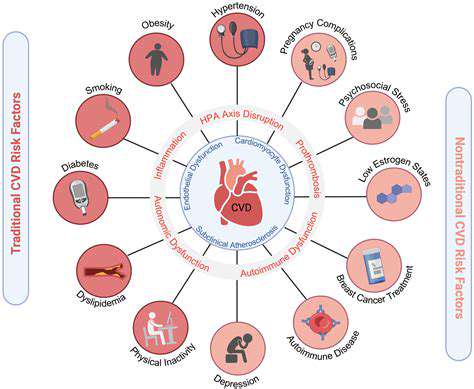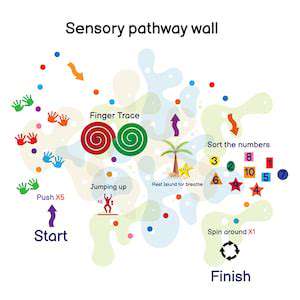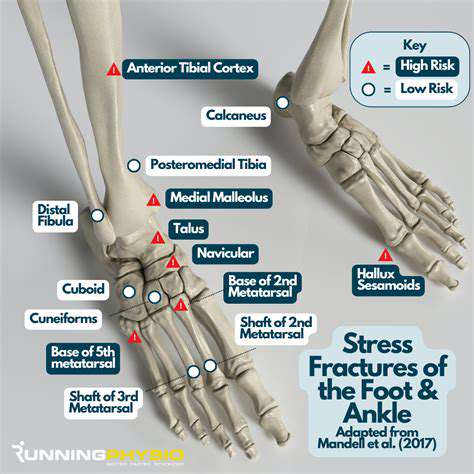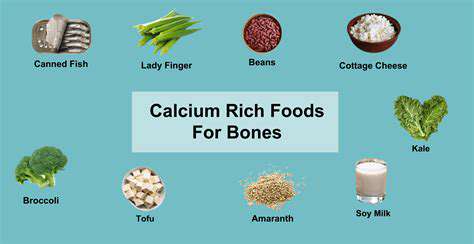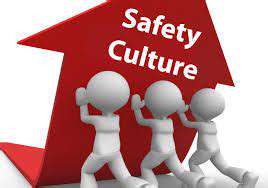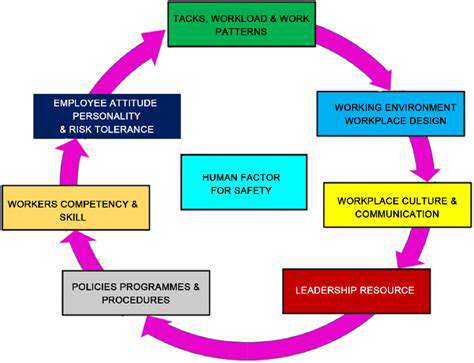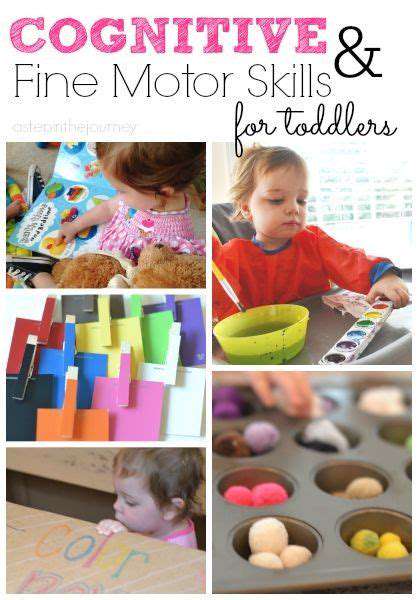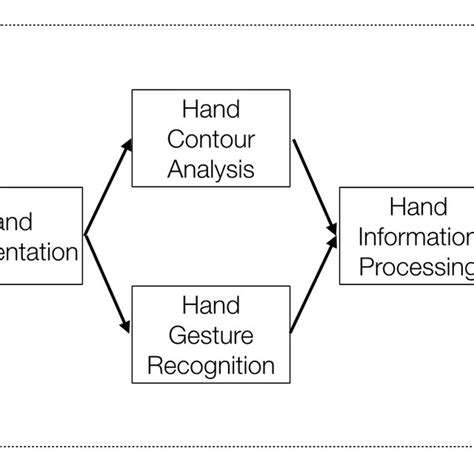How Aging Affects Hand Sensation and Grip Strength
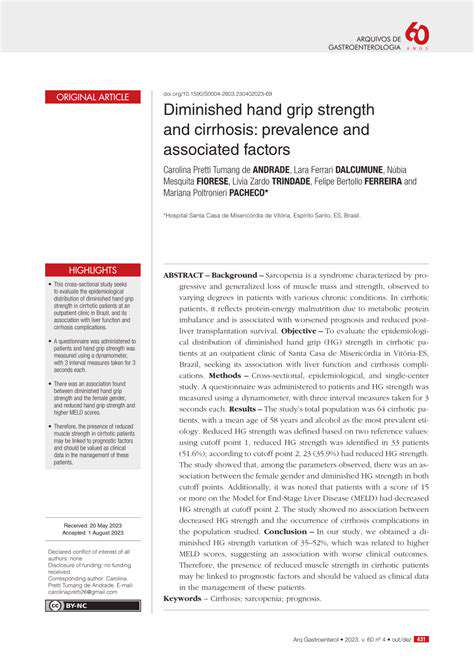
Understanding Diminished Grip Strength
Diminished grip strength, a common complaint affecting individuals of various ages, is characterized by a noticeable decrease in the ability to grasp and hold objects. This can range from a subtle difficulty to a significant impairment, impacting everyday tasks, from opening jars and turning doorknobs to performing more complex activities like gardening or working with tools. It's crucial to recognize that diminished grip strength isn't simply a sign of aging; it can be a symptom of underlying health conditions and warrants attention.
There are a multitude of factors that can contribute to this weakening, including age-related changes in muscle mass and nerve function, but also injuries, certain medical conditions, and lifestyle choices. For instance, repetitive strain injuries from prolonged use of certain tools or equipment can lead to weakened hand muscles, while conditions like arthritis and diabetes can also significantly impact grip strength.
Potential Causes of Diminished Grip Strength
Several factors may contribute to a decrease in grip strength. Age-related muscle loss, or sarcopenia, is a significant contributor, as muscle mass naturally declines with advancing years. This decline, coupled with decreased blood flow and nerve function, often leads to diminished grip strength in older adults. Furthermore, various medical conditions, such as arthritis, carpal tunnel syndrome, and neurological disorders, can also impact the hands and fingers, leading to a decline in hand function and grip strength.
Lifestyle factors like poor nutrition, lack of exercise, and prolonged periods of inactivity can also play a role. Smoking and exposure to certain toxins can also negatively impact the health and function of the muscles and nerves in the hands and arms. A thorough assessment by a healthcare professional is essential to determine the precise cause of diminished grip strength in any individual.
Impact and Management Strategies
Diminished grip strength can significantly impact a person's quality of life. Performing everyday tasks like opening jars, buttoning clothes, or holding utensils can become challenging and frustrating. It can also impact work performance and independence, especially for older adults and people with underlying health conditions.
Effective management strategies often include a combination of lifestyle modifications, physical therapy, and, in some cases, medical interventions. A balanced diet rich in protein and essential nutrients is crucial for maintaining muscle mass and strength. Regular exercise, focusing on hand and finger strengthening, is essential. If underlying conditions are identified, appropriate medical care is necessary.
The Impact on Everyday Activities
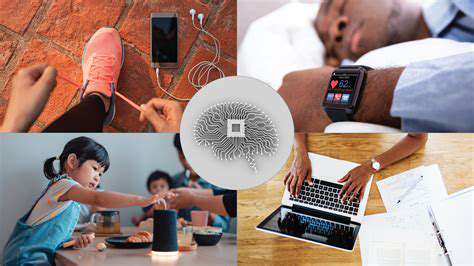
The Alteration of Commute Times
The transition to electric vehicles is significantly impacting commute times, particularly in urban areas. Congestion patterns are shifting as drivers adjust to new routes and charging infrastructure becomes more accessible. While some drivers may experience faster commutes due to more efficient acceleration and smoother driving, others might find their journeys prolonged by the need to plan for charging stops. The overall effect on commute times is still developing, and the long-term impact will depend on the development and adoption of charging infrastructure and the integration of electric vehicles into existing traffic management systems. The presence of charging stations, their proximity to residential areas, and the availability of off-peak charging options will all play a significant role in shaping travel times for the average driver.
Public transportation systems are also experiencing adjustments as they adapt to the growing number of electric vehicles on the road. The integration of electric buses and trains into existing networks requires careful consideration of infrastructure upgrades and operational adjustments. Changes in charging needs for these vehicles may necessitate modifications to existing scheduling and maintenance protocols. The need for robust and reliable charging infrastructure is paramount for maintaining the efficiency and effectiveness of public transportation systems in the coming years.
Changes in Shopping and Retail Experiences
The rise of electric vehicles is subtly reshaping the retail landscape, as consumers are increasingly factoring in charging options when selecting shopping destinations. The availability of charging stations in and around retail centers is becoming a critical aspect of attracting customers and promoting sustainable transportation practices. This shift in consumer behavior is pushing retailers to consider the integration of charging stations into their business models, recognizing the need to cater to the evolving needs of electric vehicle owners.
The rise of e-commerce and the increasing demand for home deliveries are also influencing the shopping experience. Electric delivery vehicles are emerging as a prominent force in the logistics sector, offering a more environmentally friendly alternative to traditional vehicles. This shift towards electric delivery vehicles is expected to impact the efficiency and cost-effectiveness of e-commerce operations, potentially leading to more accessible and faster delivery times for customers.
Furthermore, the integration of electric vehicles into the retail sector extends beyond delivery. The shift toward electric vehicles requires a more nuanced understanding of the charging needs of consumers, both at home and in public spaces. Retailers are realizing the importance of providing ample and accessible charging options to attract and retain customers. This means that the future of shopping may not just be about the products themselves, but also about the infrastructure that supports the entire consumer journey, including the sustainable transportation choices available.
Dynamic microphones are a popular and cost-effective choice for podcasting. Their rugged construction and ability to handle loud sounds make them ideal for podcasters who record in various environments, whether they are in a home studio or in a more bustling environment. They are often more affordable and less susceptible to picking up unwanted background noise, making them a great option for podcasters on a budget.
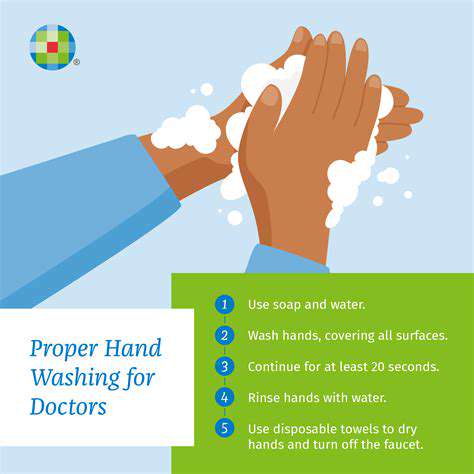
Read more about How Aging Affects Hand Sensation and Grip Strength
Hot Recommendations
- The Impact of the Digital Age on Hand Function
- The Role of Hands in Agricultural Innovation
- The Impact of Technology on Hand Artistry
- The Importance of Hand Care for Artists
- How Hand Control Enhances Robotic Surgery
- The Impact of Hand Strength on Physical Labor
- How Handwriting Influences Cognitive Development
- The Impact of Environmental Factors on Hand Health
- The Power of Hands in Building Community
- The Importance of Ergonomics in Hand Health
